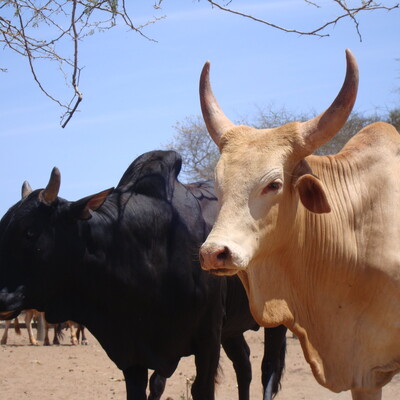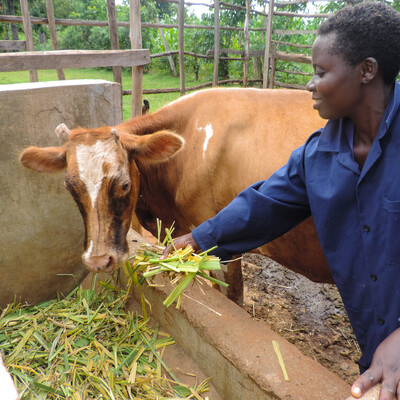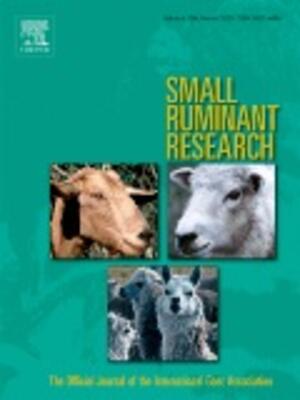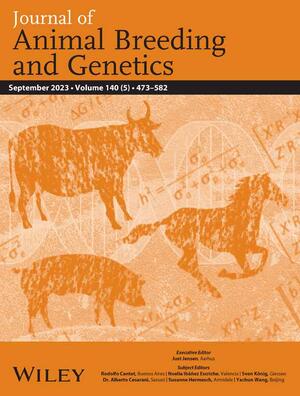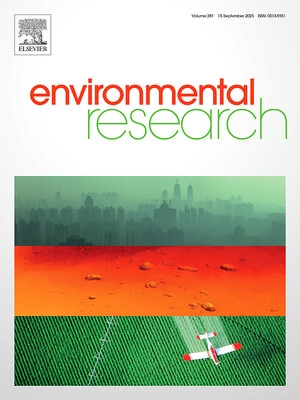
Digging into Bomas
In a new international research effort, scientists from ILRI’s Mazingira Centre, Karlsruhe Institute for Technology, and the Sustainable Agroecosystems Group at ETH Zurich are teaming up to take a sharp look at the underlying mechanisms of nitrous oxide (N2O) emissions from bomas.
N2O is a potent greenhouse gas, originating mostly from agricultural activities. Bomas are traditional mobile livestock enclosures that are a common sight in pastoral areas across Kenya and elsewhere in sub-Saharan Africa. They are constructed from fencing or thorny shrubs and are used to protect the herd from predators and theft overnight. The animals are kept in the enclosure for ca. 12 hours a day, which results in the accumulation of large amounts of manure in one single location over just a few days.
The very high concentration of nutrients together with relatively moist conditions of the excreta render bomas as hotspots for N2O emissions, which are active for many years after abandonment. Bomas were shown to structure the African landscape over the past 3000 years (Marshall et al., 2018), and up to 20% of African savannas have been settled at some point in the last 100 years (Lamprey & Reid, 2004; Muchiru et al., 2009). This together results in bomas being emission hotspots that are of continental relevance – a finding by ILRI scientists published recently in Nature Communications.

Aerial image of recent bomas at ILRI’s Kapiti Research Station showing the typical arrangement of three enclosures in a “daisy” and moving along an age gradient. The dark bomas on the far right are the most recent ones in this section and are still actively used. The further to the left, the older the bomas are, with the oldest ones in lighter shades at the very left of the picture. Photo credit: ETHZ/Matti Barthel
This follow-up study now seeks to understand N2O production pathways by using position-specific isotope analysis of the N2O molecule produced in bomas. The analysis of the position-specific isotopic composition contains a wealth of information about what had biogeochemically happened to the N2O prior to its release to the atmosphere. It can be understood as a molecular fingerprint, which enables us to identify whether, for instance, N2O production by denitrification dominates over nitrification by the exact measurement of where 14N and/or its heavier sibling 15N is located within the linear NNO molecule. One pending question within this new project is for instance whether N2O production pathways do change with the age of the abandoned boma.
 Measurement of N2O and CH4 from fresh bomas using a portable greenhouse gas analyzer located in a car and a flux chamber (round box in the forefront of the picture). In the background, a cattle herd is being driven back to the boma in the evening, after having foraged Kapiti’s rangelands during the day. Photo credit: ETHZ/Matti Barthel
Measurement of N2O and CH4 from fresh bomas using a portable greenhouse gas analyzer located in a car and a flux chamber (round box in the forefront of the picture). In the background, a cattle herd is being driven back to the boma in the evening, after having foraged Kapiti’s rangelands during the day. Photo credit: ETHZ/Matti Barthel
To answer these questions, research technician Matti Barthel from ETH Zurich spent a week on ILRI’s 13,000 ha large Kapiti Research Station in Machakos County. Kapiti consists of semi-arid rangeland, where wildlife like lions, zebras, wildebeests, and giraffes coexist with more than 3000 head of livestock. This provides an ideal setting to conduct such an in-depth study, where lots of ancillary information is required. For his study, Matti collected air, soil, and manure samples from bomas along a chronosequence of different ages, ranging from fresh bomas that were still in use to abandoned bomas up to five years old. With the help of ILRI’s scientist Sonja Leitner and field assistants Elly Kibira, Anton Oyugi, and Nelson Kipchirchir, locations of bomas of different ages were identified and sampled during the measurement campaign.
 ETH Zurich research technician Matti Barthel (left) together with Kapiti’s field research assistants Anton Oyugi (middle), and Elly Kibira (right) after a long day in the field. Photo credit: ETHZ/Matti Barthel
ETH Zurich research technician Matti Barthel (left) together with Kapiti’s field research assistants Anton Oyugi (middle), and Elly Kibira (right) after a long day in the field. Photo credit: ETHZ/Matti Barthel
After the measurements were completed, Matti returned to Zurich, where he will analyze the air samples for their position-specific isotopic composition in the lab at ETH using mass spectrometry. With this new data, the consortium is hopeful to unravel the different N loss pathways from fresh and abandoned bomas to fill the blanks in our understanding of bomas as a source for atmospheric N2O.











